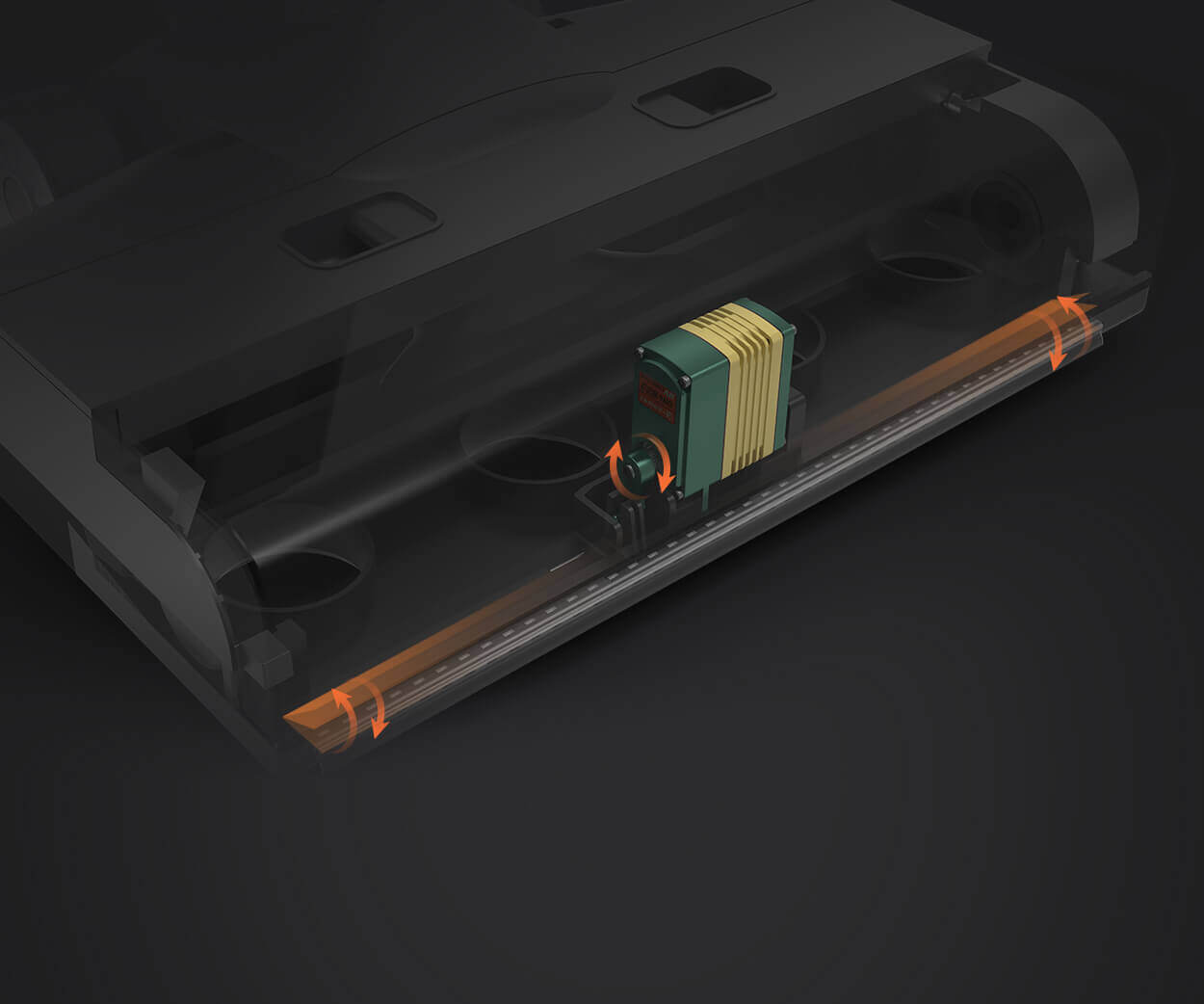Looking into the world of brushless motors, there’s one name that’s been making waves among hobbyists and serious model enthusiasts alike — the Turnigy brushless motor chart. If you’ve ever wondered what makes these motors tick, or why they’re favored in high-performance RC planes, drones, or boats, this guide is just what you need.

First off, the versatility of Turnigy brushless motors is pretty remarkable. They come in a variety of sizes and power ratings, which means you can find one tailored perfectly for your project, whether it’s a tiny drone or a mighty racing boat. Think about a lightweight quadcopter flying smoothly through the sky or a speedboat zipping across the water—these motors make both possible. Their efficiency is often praised because they convert electrical energy into mechanical motion so effectively that you get longer flight times and higher speeds without draining your batteries too fast.
Now, what makes a chart for Turnigy brushless motors so useful? For starters, it’s like your quick reference guide. Need to figure out the RPM range or the KV rating? It’s all there, laid out clearly. For example, if you're aiming for a drone that needs quick acceleration, you’ll want a motor with a high KV rating. Conversely, for steady, long-distance flights, a lower KV might be better. Watching the chart, you’ll also notice the different motor sizes, like 2200kv, 2300kv, or even 2500kv, each suitable for specific tasks depending on propeller sizes and expected load.
People often ask, “How do I pick the right motor?” It’s a mix of understanding your needs and what these charts tell you. If you’re into stunts or racing, something with a high rpm would give that explosive throttle. For more endurance-focused applications, look for something with a balanced power output. And don’t forget the weight! Lighter models help keep your aircraft nimble.
What really makes these motors stand out is their build quality. Turnigy doesn’t cut corners. The materials used are top-notch: high-grade magnets, robust shafts, and quality windings. This means less overheating, fewer failures, and more consistent performance. Plus, because the motor’s specs are clearly displayed on charts, you can plan upgrades or replacements without guesswork. It’s all laid out just like a map for your next project.
Imagine swapping out your old motor and checking the chart for a newer, more powerful model. Before you do, it’s worth asking: “Will this new motor fit my current setup?” Usually, the motor size and kv rating give you that info and help avoid any nasty surprises. Compatibility is key. When you’re confident that your chosen motor matches your setup, performance tends to go through the roof.
All these little details add up to make the Turnigy brushless motor chart an essential tool. Whether you’re tweaking your hobby project or gearing up for a new adventure, having a clear, well-organized reference makes everything smoother. Once you get a feel for what each parameter means, choosing the perfect motor becomes second nature. It’s like unlocking the secret to better performance without breaking a sweat. If you're serious about your RC gear, these charts aren’t just a quick glance—they're your secret weapon.
Established in 2005, Kpower has been dedicated to a professional compact motion unit manufacturer, headquartered in Dongguan, Guangdong Province, China.




































